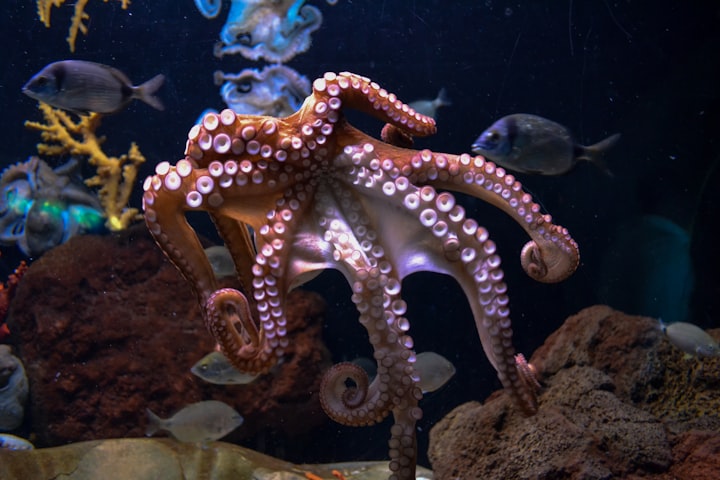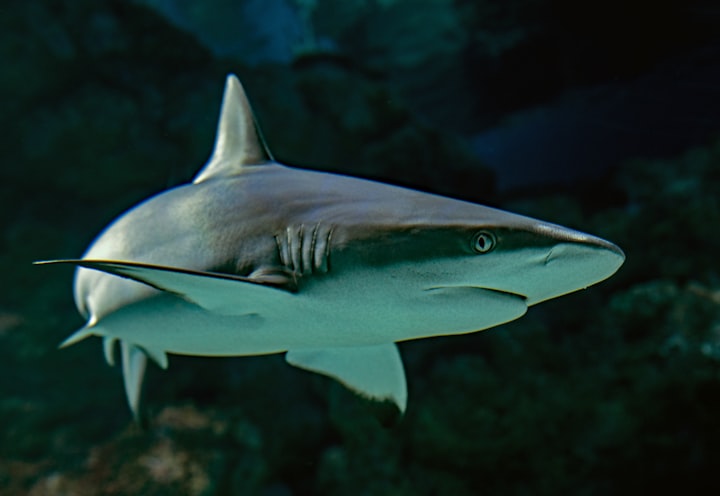Interesting facts about Octopus Biology
& tips on octopus friendly choices you can make

This eight-armed, beak wielding marine invertebrate belongs to a family (Cephalopods) that comprises approximately 300 species worldwide.
They're known for their camouflage abilities, intelligence and generally for being weird yet beautiful creatures of the blue. So why are they cool?
Aside from how they look like aliens or can squeeze into tiny places, they've got a few things about their biology that make them stand out.
1) Three hearts
Yes, the octopus has three hearts. One pumps blood to the body, and two pump blood to the gills.
As the water is pushed through the gills, it's the blood in the capillaries of the gills that pick up the oxygen from the water, which is then diffused and makes its way into the bloodstream to be circulated around the body.
Another thing worth mentioning is octopuses blood, which is blue. The blue is caused by hemocyanin, the copper-containing protein that binds oxygen in the octopus. Human blood is red because of haemoglobin, which contains iron.

2) Three means of transport

Picture an octopus as a car, but with three gears. When there is no urgency to get anywhere, or in times of laziness, the octopus will walk along the ocean floor with its arms. If It's not walking, it's usually swimming by flexing its arms and body. Or, if the situation requires it, the octopus can expel a jet of water from its body cavity, causing it to propel away with great speed.
The latter gear is usually accompanied by releasing a cloud of ink, which confuses predators and allows the octopus to jet away to safety without being followed.
3) Three types of specialised skin cells
The octopus can change the colour, texture, reflectiveness and opacity of its skin with a moments notice. These abilities allow this blobby invertebrate the ability to blend in with its surroundings easily.
As for those Three skin cells, chromatophores are responsible for producing red, orange, yellow, brown and black pigments in the skin. Leucophores cells mimic white, and Iridophores which are reflective and are ideally suited to camouflage.

BONUS FACT - All species of octopus are venomous
That's right! All but one aren't harmful to us, and the majority use their venom for hunting, such as paralysing a clam into opening its shell, or stunning a crab so it doesn’t try and escape.
There's plenty of evidence in the scientific literature suggesting that the actual octopus doesn't make the venom itself, but instead its produced by symbiotic bacteria present within skin cells. Not all octopuses are fatal to humans, but the most deadly to us is the blue-ringed octopus which despite its size being roughly equivelent to that of a golf ball, there’s anoth venom in any one individual to kill a man.

About the Creator
Bradley Knight
Grown on the British Isles, exploring beyond.
Marine Ecologist by trade, Scientific Illustrator and Communicator by hobby.






Comments
There are no comments for this story
Be the first to respond and start the conversation.